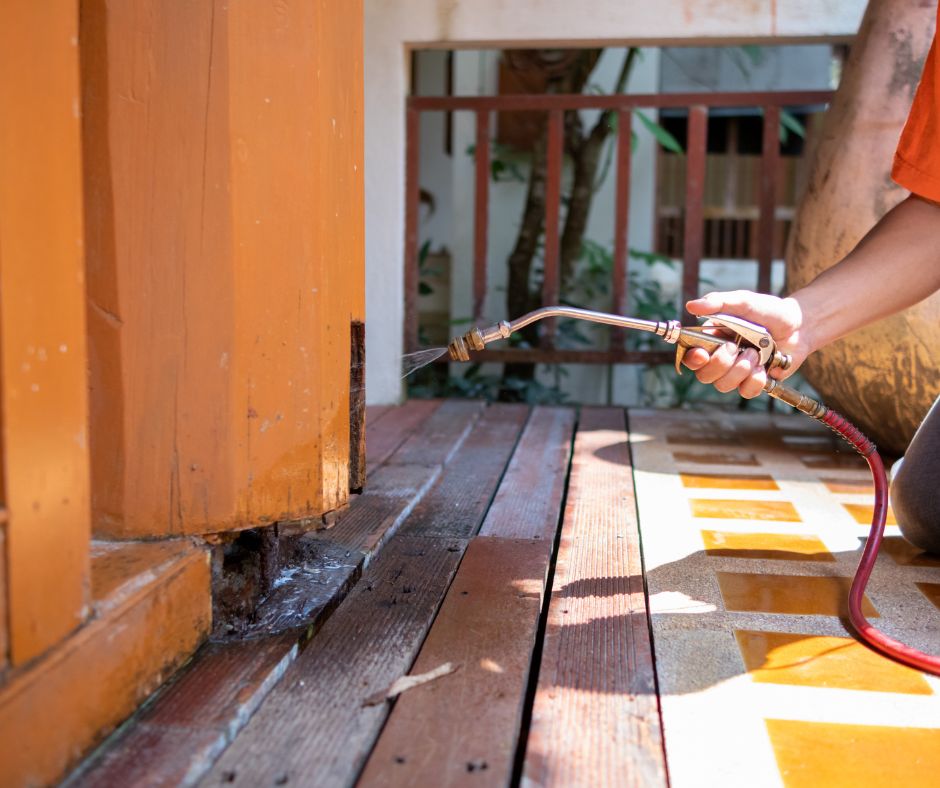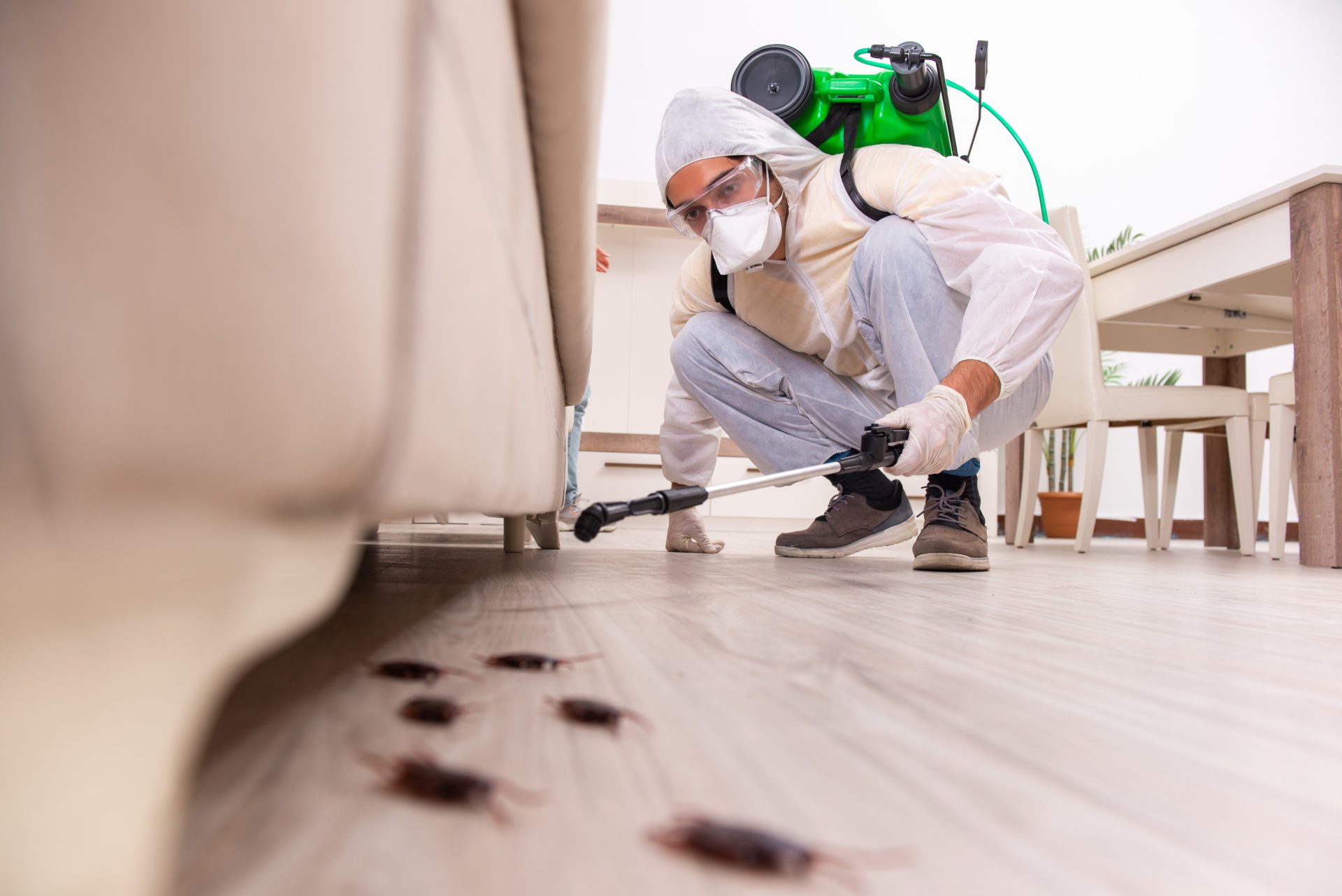Comprehensive Overview to Understanding Parasite Control Techniques and Their Treatment
Recognizing parasite control methods is essential for efficient management of unwanted microorganisms that position threats to health and wellness, agriculture, and home. This detailed overview will check out numerous approaches, consisting of chemical solutions, biological methods, and mechanical techniques, all under the umbrella of Integrated Bug Monitoring (IPM) As we check out these methods, it ends up being significantly clear that the selection of approach can significantly influence both human rate of interests and eco-friendly balance. What elements should be taken into consideration when picking the appropriate parasite control method for a particular scenario? The response may cause more lasting practices than one might originally presume.
Overview of Insect Control Techniques
Pest control approaches include a variety of strategies developed to manage and remove undesirable organisms that can harm human wellness, farming, and property. Reliable insect administration is vital for maintaining the honesty of ecological communities and making sure the safety of food supplies. These techniques can be broadly classified into three primary techniques: social, mechanical, and biological controls.

Cultural control entails customizing farming techniques or environmental problems to minimize pest establishment and reproduction. This approach includes crop rotation, hygiene, and picking pest-resistant plant selections. Mechanical control depends on physical barriers or devices to stop insect accessibility or directly remove them. Examples include traps, webs, and hand-picking dangerous pests.
Biological control makes use of natural killers, bloodsuckers, or virus to regulate pest populations. This approach highlights eco-friendly balance and can consist of presenting valuable insects, such as ladybugs or aggressive nematodes, to manage parasite visibility.
Integrated bug administration (IPM) integrates these techniques, utilizing an all natural technique that emphasizes avoidance, surveillance, and accountable management. By using a blend of these methods, parasite control can be a lot more sustainable and reliable, lessening dependence on chemical treatments while protecting human wellness and the atmosphere.

Chemical Bug Control Solutions
A variety of chemical bug control solutions are offered, giving efficient options for handling parasite populations when various other approaches might drop short. These options mostly include pesticides, herbicides, fungicides, and rodenticides, each designed to target certain pests while decreasing damage to non-target organisms.
Insecticides are especially effective against a series of insects, consisting of ants, roaches, and termites, and can be classified as get in touch with or systemic representatives. Call insecticides kill bugs on call, while systemic pesticides are absorbed by plants, making them hazardous to pests that feed upon them. Herbicides are made use of to regulate unwanted vegetation, whereas fungicides are crucial for managing fungal diseases that can damage plants and decorative plants.
Rodenticides, developed for rodent control, are readily available in numerous solutions, consisting of baits and tracking powders. It is critical to follow tag guidelines carefully to make certain security and efficiency. Furthermore, incorporated pest management (IPM) concepts must be employed, integrating chemical options with cultural, mechanical, and biological approaches for lasting pest control. This alternative technique not only enhances pest management performance however additionally decreases prospective environmental impacts linked with chemical use.
Biological Parasite Control Methods
Biological pest control strategies use an eco friendly choice to chemical techniques by using all-natural killers, parasites, or virus to handle insect populations. This strategy leverages the environmental partnerships in between organisms, advertising a balanced ecological community while lessening chemical residue in the setting.
One of one of the most common organic control methods involves the intro of right here all-natural enemies. As an example, ladybugs are employed to manage aphid populations, while parasitical wasps can target caterpillars and other parasites. These all-natural predators efficiently minimize pest numbers without hurting helpful insects.
In addition, microbial agents such as germs, fungis, and infections are used to contaminate and kill details pests. Bacillus thuringiensis (Bt), a normally occurring germs, is extensively utilized to regulate caterpillars and various other larvae, showcasing the effectiveness of microbial insect control.

Physical and Mechanical Methods
Frequently used in incorporated insect management techniques, physical and mechanical methods work as reliable tools for controlling pest populaces without the usage of chemicals. These strategies rely upon physical barriers, catches, and other mechanical devices to avoid or eliminate parasites, making them eco-friendly alternatives.
Physical methods consist of using investigate this site barriers such as insect netting, screens, or row covers that literally block bugs from accessing plants. This is particularly valuable in agricultural setups where crop security is vital. In addition, habitat adjustment, such as getting rid of debris and standing water, can lower insect reproducing sites, consequently lessening infestations.
Mechanical techniques incorporate catches, which can be developed to record certain parasites. Sticky traps and pheromone catches prevail examples that tempt and retain bugs, facilitating monitoring and control. Vacuuming is one more mechanical strategy, effective for eliminating bugs from interior settings, especially in instances of infestations.
Preventative Insect Administration Approaches
Effective preventative insect monitoring techniques are crucial for maintaining healthy environments and decreasing pest-related issues before they occur (Pest Control in Port Charlotte, FL). These techniques focus on positive actions that lower the probability of bug problems by resolving the origin

An additional crucial strategy entails appropriate landscaping techniques (Pest Control in Port Charlotte, FL). Maintaining greenery cut and away from structures can pop over to this site minimize harborage areas for pests. Similarly, implementing incorporated pest administration (IPM) techniques that consist of monitoring bug populaces and employing biological controls can cultivate a balanced ecosystem that naturally subdues pest numbers.
Education and learning and training for team and locals on identifying early signs of parasite task are also key elements of a reliable preventative program. By fostering an atmosphere of understanding and alertness, organizations and home owners can significantly boost their pest administration efforts and guard their areas versus future invasions.
Verdict
Using an Integrated Parasite Management (IPM) framework permits for the lasting monitoring of insects while reducing environmental impact. Inevitably, a comprehensive understanding of these diverse pest control strategies is essential for achieving successful outcomes in bug administration campaigns.